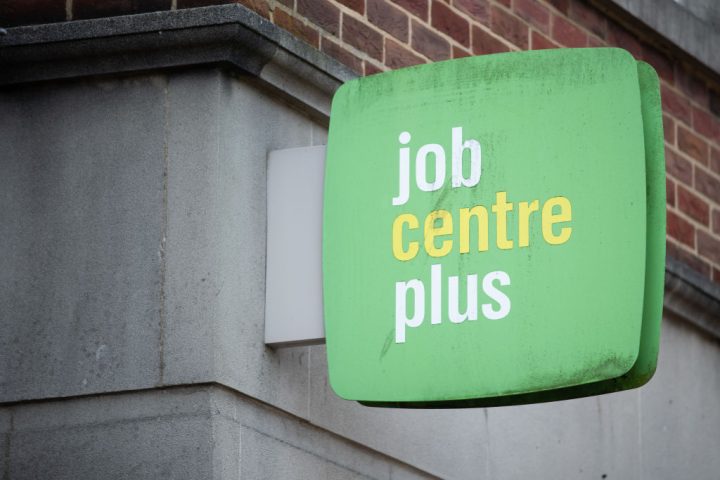Is the Bank of England about to cut interest rates? Today’s labour market statistics might just give them the room to do so. The latest data, released by the Office for National Statistics (ONS) this morning, shows that the number of payrolled employees is up, the unemployment rate is up, vacancies are down and pay growth is slowing.
Already a subscriber? Log in
Subscribe for just $2 a week
Try a month of The Spectator Australia absolutely free and without commitment. Not only that but – if you choose to continue – you’ll pay just $2 a week for your first year.
- Unlimited access to spectator.com.au and app
- The weekly edition on the Spectator Australia app
- Spectator podcasts and newsletters
- Full access to spectator.co.uk
Or




















Comments
Don't miss out
Join the conversation with other Spectator Australia readers. Subscribe to leave a comment.
SUBSCRIBEAlready a subscriber? Log in